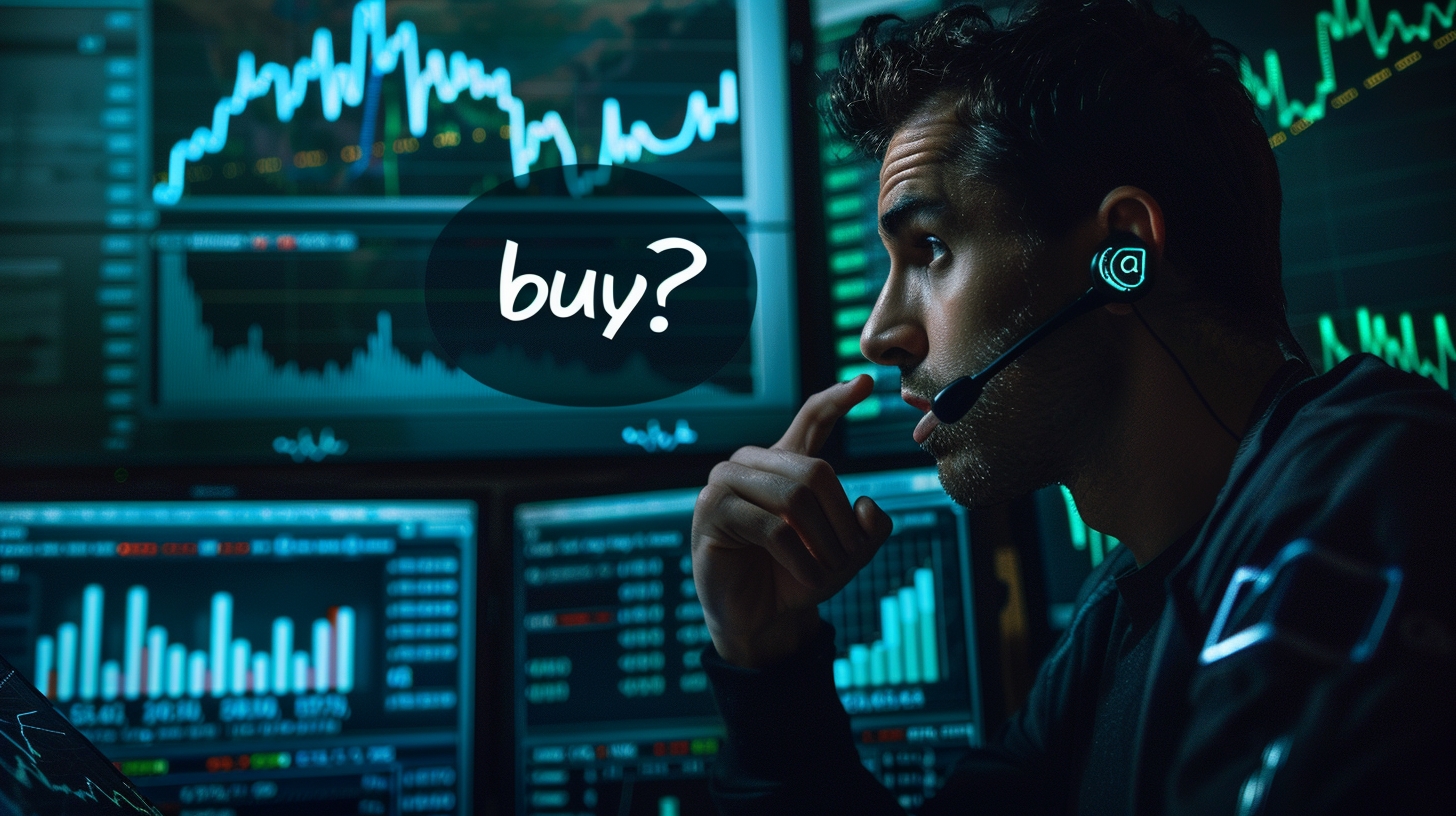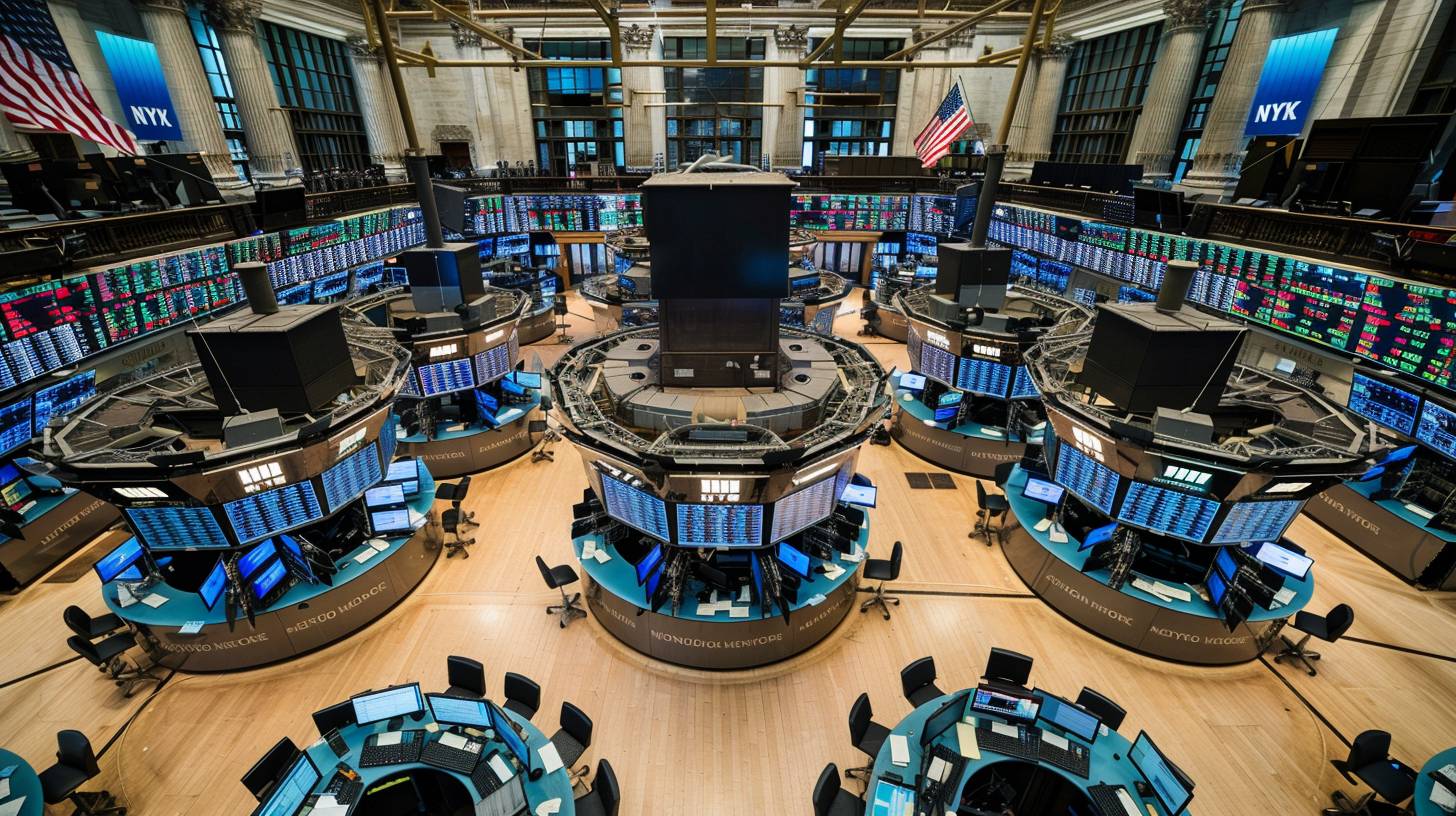What are Futures?

What Is Futures Trading?
Futures trading involves contracts to buy or sell a specific underlying asset at a predetermined future date. The asset can be a commodity, security, or other financial instrument. These contracts obligate the buyer to purchase, or the seller to sell, the asset at the set price upon the expiration date, regardless of the market price at that time.
Futures trading often refers to contracts where the underlying assets are securities in the stock market, such as shares of individual companies or stock market indexes like the S&P 500, Dow Jones Industrial Average, or Nasdaq. Trading futures on exchanges like the Chicago Mercantile Exchange can also involve underlying "assets" such as physical commodities, bonds, or even weather events.
Underlying Assets
Futures traders can secure the price of the underlying asset with contracts that have known expiration dates and set prices. These contracts, particularly stock futures, have specific expiration dates organized by month. The underlying assets in futures contracts can include:
- Commodity futures: Crude oil, natural gas, corn, wheat
- Cryptocurrency futures: Bitcoin, Ethereum
- Currency futures: Euro, British pound
- Energy futures: Crude oil, natural gas, gasoline, heating oil
- Equities futures: Stocks and groups of stocks traded in the market
- Interest rate futures: Treasurys and other bonds to speculate or hedge against interest rate changes
- Precious metal futures: Gold, silver
- Stock index futures: S&P 500 Index
Buyers of futures contracts must take possession of the underlying assets at expiration, not before. However, they can sell their positions before expiration. Unlike futures, American-style options give the holder the right, but not the obligation, to buy or sell the underlying asset at any time before the contract's expiration date.
How Futures Trading Works
Futures contracts are standardized in terms of quantity, quality, and delivery, enabling them to be traded on futures exchanges. These contracts obligate the buyer to purchase and the seller to sell a stock or shares in an index at a predetermined date and price.
This standardization ensures market transparency, enhances liquidity, and helps in accurate price determination.
Stock futures have specific expiration dates organized by month. For instance, futures for a major index like the S&P 500 may have contracts expiring in March, June, September, and December. The contract closest to its expiration date is known as the "front-month" contract, typically seeing the most trading activity. As a contract nears expiration, traders who want to maintain their position usually roll over to the next available contract month. Short-term traders often focus on front-month contracts, while long-term investors may look further ahead.
When trading futures of the S&P 500 index, a trader might buy a futures contract, agreeing to purchase shares in the index at a set price six months in the future. If the index rises, the value of the futures contract increases, allowing the trader to sell the contract at a profit before expiration. Conversely, if traders expect a specific equity to decline, they can sell a futures contract. If the market falls as anticipated, they can repurchase the contract at a lower price, profiting from the difference.
Speculation
A futures contract allows a trader to speculate on the price of a commodity. If a trader buys a futures contract and the price rises above the initial contract price at expiration, they make a profit. However, if the commodity's price falls below the purchase price specified in the contract, the trader incurs a loss. The trader can also sell the futures contract at the current price before expiration to close the long position.
Investors can take a short position if they anticipate a price decline. If the price falls, the trader will take an offsetting position to close the contract, settling the net difference at expiration. The investor profits if the underlying asset's price is below the contract price and loses if the current price is higher than the contract price.
For example, a trader might choose a futures contract on the S&P 500 index, which is at 5,000 points, with delivery in three months. Each contract is valued at $50 times the index level, so one contract is worth $250,000 (5,000 points × $50). Without leverage, the trader would need $250,000. In futures trading, the trader only needs to post a margin, a fraction of the contract's total value. If the initial margin is 10%, the trader deposits $25,000 (10% of $250,000) to enter the contract. If the index falls by 10% to 4,500 points, the contract's value drops to $225,000 (4,500 points × $50), resulting in a $25,000 loss, which equates to a 100% loss on the initial margin.
Hedging
Futures trading can be used to hedge against price movements of underlying assets. The goal is to mitigate potential losses from unfavorable price changes rather than to speculate. For instance, suppose a mutual fund manager oversees a $100 million portfolio that tracks the S&P 500. To protect against potential short-term market volatility, the manager uses S&P 500 futures contracts to hedge the portfolio.
Assuming the S&P 500 is at 5,000 points and each futures contract is valued at $250 per index point, the value of one futures contract would be 5,000 points × $250 = $1,250,000. Given that the portfolio mirrors the S&P 500, a hedge ratio of "one-to-one" is used. To hedge a $100 million portfolio, the manager would need approximately 80 futures contracts ($100,000,000 / $1,250,000 = 80). Selling 80 futures contracts should effectively hedge the portfolio, leading to two possible outcomes:
1. If the S&P 500 index drops by 10% to 4,500 points over three months:
- The portfolio would likely lose about 10% of its value, or $10 million.
- However, the sold futures contracts would increase in value, offsetting this loss.
- The gain per contract would be (5,000 - 4,500) points × $250 = $125,000.
- For 80 contracts, the total gain would be 80 × $125,000 = $10 million.
- This gain would offset the portfolio's loss, protecting it from the downturn.
2. If the S&P 500 index rises over three months:
- The portfolio's value would increase, but the futures position would incur a loss.
- This loss is acceptable as the primary goal was to hedge against a downturn, ensuring the portfolio's protection.
Pros and Cons of Futures Trading
Futures trading offers both advantages and disadvantages. It typically involves leverage, requiring an initial margin that is a fraction of the contract's value. This margin depends on the contract size, the investor's creditworthiness, and the broker's terms and conditions.
Futures contracts are useful for hedging against price volatility, allowing companies to plan budgets and protect profits from adverse price changes. However, futures trading also has drawbacks. Due to leverage, investors risk losing more than their initial margin.
Pros:
- Potential for speculative gains
- Useful for hedging
- Favorable trading conditions
Cons:
- Higher risk due to leverage
- Potential missed opportunities from price movements when hedging
- Margin can be a double-edged sword
Which Is More Profitable, Futures or Options?
The profitability of futures versus options largely depends on the investor's strategy and risk tolerance. Futures provide higher leverage and can yield greater profits when predictions are correct, but they also come with higher risks. Options offer the advantage of a nonbinding contract, which limits potential losses.
What Happens If Investors Hold a Futures Contract Until Expiration?
For futures contracts based on equities, traders who hold their positions until expiration typically settle in cash. The trader will either pay or receive a cash settlement based on whether the underlying asset's value increased or decreased during the holding period. In some cases, futures contracts may require physical delivery, meaning the investor would take delivery of the underlying asset if they hold the contract until expiration.
The Bottom Line
Futures contracts are valuable for price speculation and risk mitigation against market downturns. However, they also have drawbacks. Hedging with contrary positions can lead to additional losses if market predictions are incorrect. Additionally, the daily settlement of futures prices introduces volatility, causing the investment's value to fluctuate significantly from one trading session to the next.


 Русский
Русский  Español
Español  Deutsch
Deutsch  Indonesian
Indonesian  Português
Português  Français
Français  Nederlands
Nederlands  Italiano
Italiano  中文
中文  عربي
عربي  Türkçe
Türkçe 

